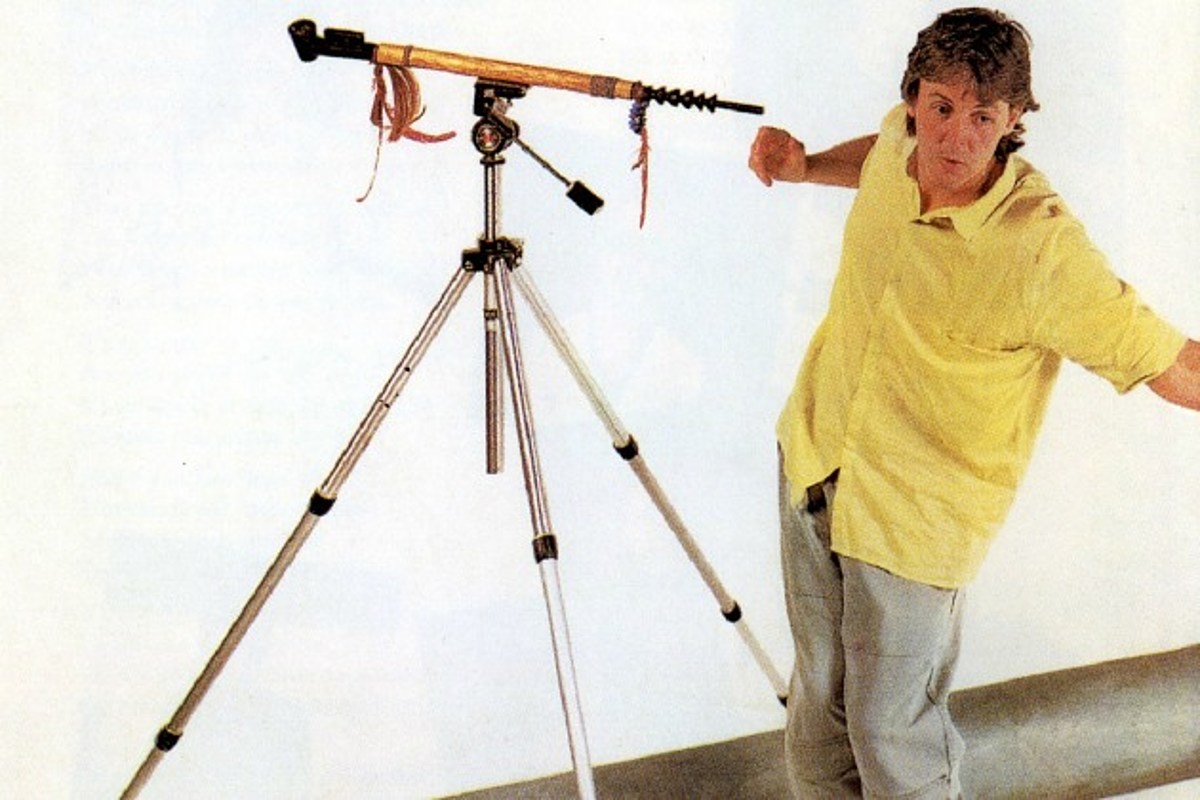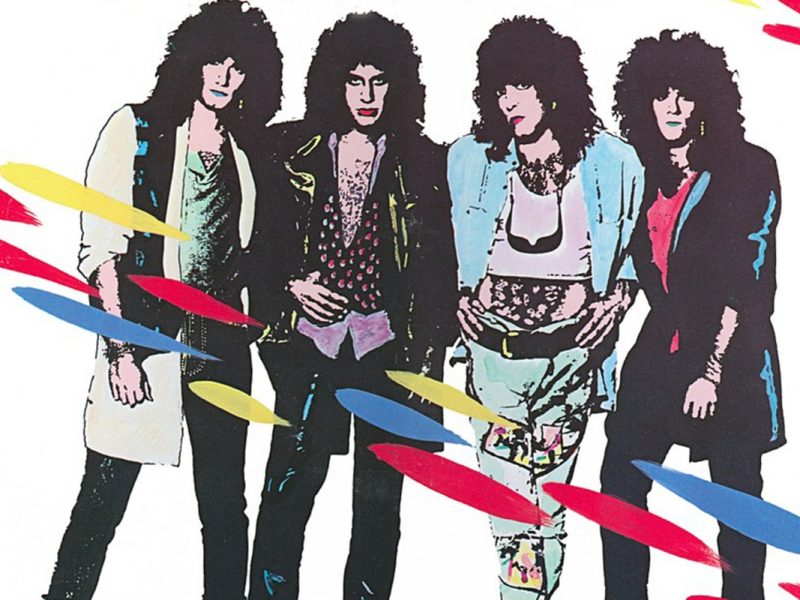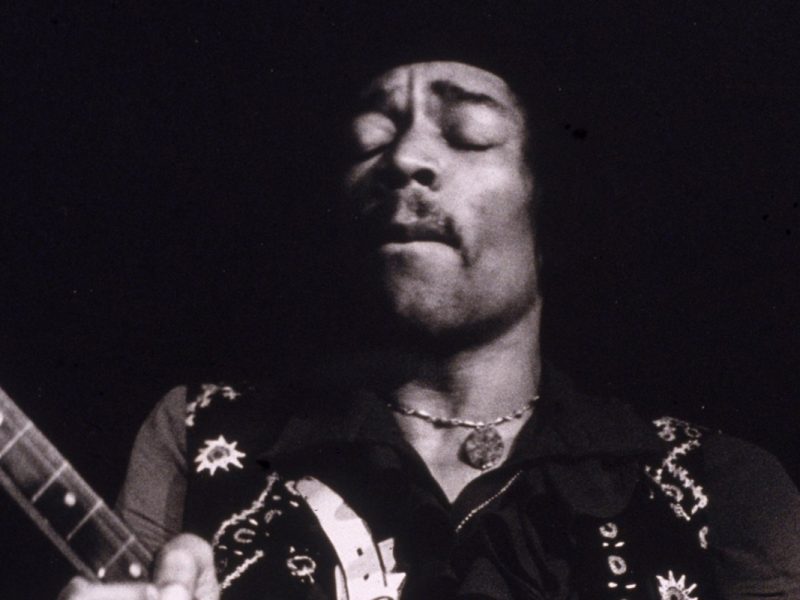The Beatles and Wings were completely in the past by the early ’80s, so Paul McCartney got down to the business of focusing on his solo career in earnest. The result was an outpouring of material that included some of his most massive pop hits.
McCartney’s fifth proper solo outing, Pipes of Peace, arrived on Oct. 31, 1983, roughly a year and a half after 1982’s Grammy-nominated Tug of War. As astute listeners quickly realized, they were sort of complementary: Not only through the way their titles answered one another, but in musical terms, with each record containing a trio of high-profile collaborations, as well as appearances from Ringo Starr and ex-Wings member Denny Laine.
The Tug of War sessions found McCartney recording a pair of duets with Stevie Wonder (including the hit single “Ebony and Ivory”), while he ended up working on Pipes of Peace with Michael Jackson, who reached out during the months leading up to his record-shattering Thriller LP.
READ MORE: Ranking Every Beatles Solo Album
“He said he wanted to make hits, so I said, ‘Great. Come on,'” said McCartney in a 1983 interview, and the results included a No. 1 single from Pipes of Peace in “Say Say Say.”
Oddly enough, given the momentous nature of their collaboration, McCartney later professed not to take his time with Jackson all that seriously. “It was more like we were singing on one another’s records,” he told Playboy in 1984. “Michael and I happened to write a couple of songs together. But we never actually sat down and thought, ‘We’re now a songwriting team.’ I think Michael and I both treated it as a kind of … just a nice thing to do.”
Watch Paul McCartney’s ‘Pipes of Peace’ Video
‘Tug of War’ Was Meant to be a Double Album
Jackson would soon become the biggest pop star on the planet, but McCartney definitely didn’t regard it as a meeting of equals. As McCartney added later in his chat with Playboy: “I don’t particularly admire him as a writer, because he hasn’t done much. I admire Stevie Wonder more.”
The parallels between Pipes of Peace and Tug of War were more or less deliberate. McCartney pointed out during a 1983 interview with the BBC that many of the songs from both albums were recorded during the same sessions, and his original plan had been to release Tug of War as a double album.
“Record companies don’t like double albums – they panic,” he said. “So, we said we’d split it into two albums, Tug of War 1 and Tug of War 2, but that became a boring idea.”
Both albums ended up being produced by George Martin, already legendary for his work with the Beatles, and a comforting presence in the studio – and not only for fans of the Fab Four’s classics. For McCartney, it meant less running around. “I’ve been producing a lot of my own stuff, and it’s hard work,” he told the BBC. “It’s a bit schizophrenic. … It’s nice to have someone else there to say, ‘That was lousy. Do it again.'”
Listen to Paul McCartney’s ‘Average Person’
‘Pipes of Peace’ Goes Platinum But Critics Pounce
Pipes of Peace proved to be a platinum-selling Top 20 hit, but critics were a little less impressed with the end result than they’d been with Tug of War. That’s partly because of McCartney’s ongoing reliance on middle-of-the-road ballads like “So Bad.” He admitted in another 1983 interview that he felt like his new material didn’t “come as easily” as it had during his early career.
Still, McCartney was quick to point out that he’d “written so many songs. They can’t all be as good as each other.” That didn’t mean he was bashing his latest work, or giving any quarter to those who complained about his fondness for love songs. “It can be dangerous writing a straight love song, because I know people can say ‘Oh, there’s another soppy love song,'” he told the BBC. “But if you like it and you do like those kind of feelings, you just have to say ‘Sod it, I’m going to do it.'”
READ MORE: The Most Overlooked Song From Every Paul McCartney LP
It’s possible that McCartney’s focus on the new material wasn’t as tight as it might have been, since he was also working on Give My Regards to Broad Street. The 1984 film found McCartney starring as himself in a musical about some missing master tapes, with a soundtrack featuring re-recordings of Beatles hits. A Top 10 hit emerged in the David Gilmour-assisted “No More Lonely Nights,” but the project signaled the start of a fallow period that continued through 1986’s somewhat dimly received Press to Play.
Change was on the horizon. As far back as late 1983, McCartney spoke of wanting to get “back to feel rather than technology.” With 1988’s roots-oriented Choba B CCCP, he finally started a commercial and creative renaissance.
The Best Song From Every Paul McCartney Album
Picking the best song doesn’t always mean checking the ‘Billboard’ charts. In fact, a scant four of Paul McCartney’s big hits are here.
Gallery Credit: Nick DeRiso
Was Paul McCartney’s ‘Broadstreet’ Doomed to Fail?



